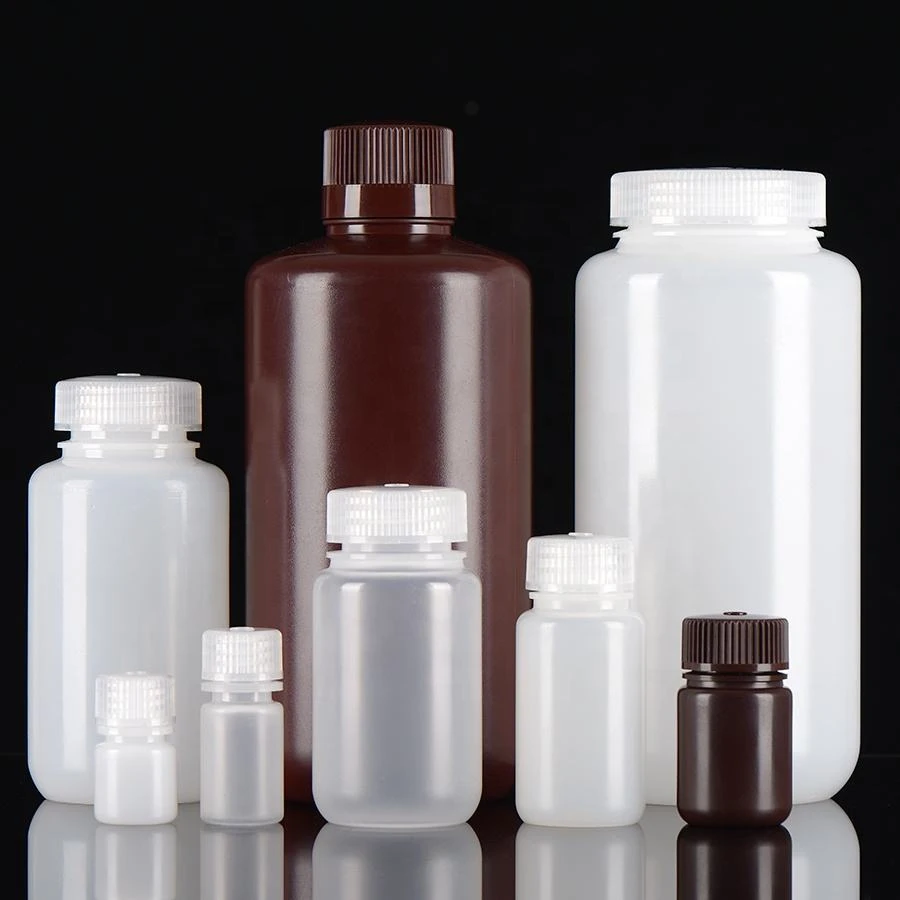serum tubes
Understanding Serum Tubes Importance and Applications in Clinical Laboratories
Serum tubes are essential components in the realm of clinical laboratory practices. They are specifically designed for the collection of blood samples that are intended for serum analysis. Serum, the clear fluid that separates from clotted blood, contains vital substances such as electrolytes, hormones, proteins, and waste products. The analysis of serum provides crucial information for diagnosis, treatment monitoring, and the overall evaluation of a patient's health.
Structure and Composition of Serum Tubes
Serum tubes typically consist of a plastic or glass container with a closure that ensures a secure seal. These tubes often come with a specific additive and color-coded lids to indicate the type of anticoagulant or gel they contain. Common additives include silicone gel for serum separation and clot activators that promote the clotting process, allowing the serum to be separated from the cellular components of the blood.
Choosing the right serum tube is pivotal for ensuring accurate test results. For instance, serum separator tubes (SST) contain a gel that separates the serum from the clot after centrifugation, facilitating easier handling and reducing the risk of contamination. In contrast, plain serum tubes lack such additives and are primarily used for tests requiring unaltered serum.
The Role of Serum Tubes in Clinical Diagnosis
In clinical diagnostics, serum samples collected in the appropriate tubes are subjected to various tests to assess different aspects of health. Common tests include metabolic panels, liver function tests, kidney function tests, and cardiac markers. Each of these tests can provide insights into the functioning of specific organs and systems within the body.
For example, a basic metabolic panel may evaluate glucose levels, electrolyte balance, and kidney function, while liver function tests can help diagnose liver diseases by measuring levels of enzymes, bilirubin, and proteins in the serum. The timely and accurate assessment of these parameters can guide physicians in making informed medical decisions.
Best Practices in Serum Sample Collection
serum tubes

To ensure the integrity of the serum samples, specific protocols must be followed during blood collection. First and foremost, proper patient identification and preparation are crucial. The choice of serum tube should align with the tests to be performed, and the tubes should be stored in a safe environment until they are ready for processing.
During blood collection, aseptic techniques must be employed to minimize contamination. After the blood has been drawn into the serum tube, it is essential to gently invert the tube several times to mix the blood with any additives. This step is critical for ensuring that the clotting process occurs uniformly.
After the blood has clotted, the serum tube must be centrifuged to separate the serum from the cellular components. This separation should occur within the recommended time frame to prevent degradation of serum components, which could compromise test results.
Innovations and Future Directions
The field of clinical diagnostics is continually evolving, with innovations in serum tube technology enhancing the efficiency and reliability of sample analysis. Advances such as the development of pre-analytical automation and improved separation technologies are making it easier for laboratories to process serum samples with increased accuracy and speed.
Moreover, with the growing emphasis on personalized medicine, serum analysis is being explored for its potential in biomarker discovery and disease prediction. Utilizing serum tubes in these research efforts may lead to breakthroughs in understanding and managing complex diseases, ultimately improving patient outcomes.
Conclusion
Serum tubes are indispensable tools in clinical laboratories, playing a critical role in the collection and analysis of blood samples. Their design, along with best practices for sample collection and processing, ensures the reliability of diagnostic results. As technology continues to advance, serum tubes will remain fundamental in facilitating effective patient care and enhancing our understanding of health and disease. Their importance will only grow as we move towards a more precise and personalized approach to medicine, highlighting the need for ongoing education and innovation in laboratory practices.
-
Aesthetic Makeup Spray Bottles | Fine Mist Empty RefillableNewsAug.19,2025
-
White Plastic Veterinary Vaccine Vials | Lab Liquid BottlesNewsAug.18,2025
-
Plastic Medicine Liquid Bottle: Secure Flip Top Drug VialsNewsAug.17,2025
-
Durable 250ml Blue Plastic Vaccine Vial for Lab & Vet UseNewsAug.16,2025
-
Sterile Virus Sample Tubes: Secure & Reliable Specimen CollectionNewsAug.15,2025
-
White 250ml Plastic Vaccine Vial for Lab & Vet MedicineNewsAug.14,2025
























